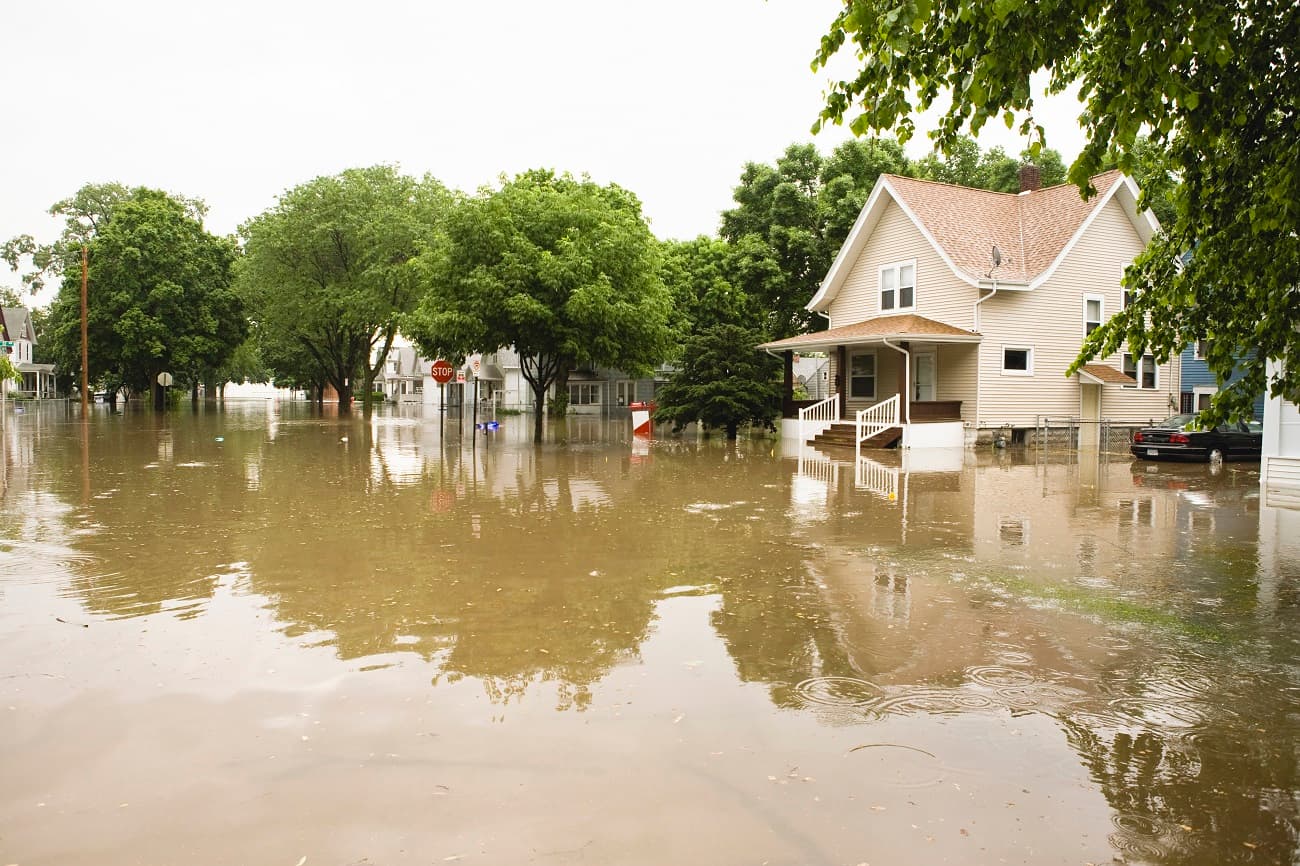
Because Congress failed to meet the Sept. 30 deadline to pass a spending measure that included an extension of National Flood Insurance Program authority, homeowners in high-flood-risk areas and those looking to purchase homes may be forced to proceed to closing without flood insurance. This creates significant uncertainty in the event of a flood, including whether coverage will be available and if sufficient FEMA funds will be accessible to pay claims.
NAR Senior Economist and Director of Real Estate Research Nadia Evangelou wrote an analysis of the program’s importance earlier this year. “Under normal conditions, lenders will require flood insurance before finalizing the loan if the property is in a Special Flood Hazard Area (SFHA), and the standard homeowner’s insurance policy does not cover flooding,” Evangelou said in her analysis. “Without the NFIP, the buyer would have to obtain flood insurance through the private market, which does not offer flood insurance in many areas across the United States.” During NFIP lapses, most lenders suspend the requirement to purchase flood insurance so the impacts could be significantly less than estimated in the NAR analysis. Nevertheless, the research highlights the importance of the National Flood Insurance Program as well as the significant negative impact to the U.S. economy if the program were permanently shuttered.
By the Numbers
In total, NFIP provides $1.3 trillion in flood insurance to 4.7 million policyholders in 23,000 communities across the country.
Beyond protecting homes, the program bolsters local economies and sustains jobs.
“The National Flood Insurance Program doesn’t just protect homes, it supports local economies and jobs,” says NAR Executive Vice President and Chief Advocacy Officer Shannon McGahn. “Because most lenders require flood insurance in FEMA designated high-risk areas under normal conditions, the NFIP fills a critical gap for buyers who would otherwise struggle to find coverage in the private market. NAR research shows the program underpins nearly half a million home sales each year, supports 1 million jobs, and contributes $70 billion to the U.S. economy. It also drives resilience. Every dollar spent on mitigation saves six dollars in future losses.”
The NFIP also provides substantially more benefits than other disaster-related programs. Policies cover $250,000 in building replacement costs, compared to Federal Emergency Management Agency aid, which averages $4,000, or a Small Business Administration loan that must be repaid with interest.
Impact on Home Sales
Congress must periodically reauthorize the NFIP to issue new and renewal flood insurance policies. But, when Congress was unable to pass a continuing government spending resolution with an NFIP extension, the program’s insurance writing authority lapsed, complicating an estimated 1,400 property transactions a day and potentially leaving many buyers in high-flood-risk areas without coverage. While NFIP cannot issue new and renewal policies, existing policies remain active, include a 30-day grace period, and can be transferred to new owners.
During lapses, most federal lending regulators now suspend enforcement of mandatory flood insurance requirements, leaving it to individual lenders to decide whether to proceed with loans in FEMA-designated high-risk areas or sell their loan to Fannie Mae and Freddie Mac, which also suspends the flood insurance requirement. However, back in 2010, when there was an extended NFIP lapse approaching 60 days, existing policies began to pass their expiration date, including a 30-day grace period. With existing policies beginning to expire, there were many home sales where the transfer of an active existing policy was no longer an option, and the impact on home buying began to ripple through the market. NAR research found that during that extended lapse, as many as 40,000 transactions per month were stalled or canceled, costing buyers, sellers and communities both time and money. In a publication highlighting the “Top Ten Reasons for the National Flood Insurance Program” NAR lays out the importance of preserving and strengthening NFIP. Among the reasons are community stability, risk reduction and financial stability.
NAR has consistently advocated for the importance of the NFIP and for finding long-term solutions to sustain the program and nurture a private flood insurance market, alongside other advocacy efforts related to natural disaster policies.











